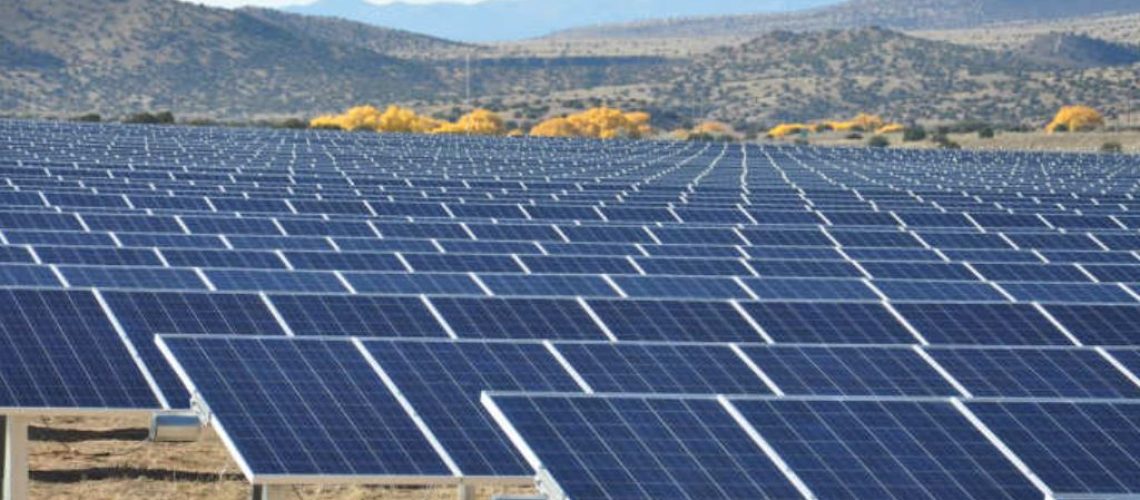The Inflation Reduction Act (IRA) is accelerating distributed energy choices by “millions of individuals” said David Hochschild, chair of the California Energy Commission, on a webinar with other state officials from four states that have committed to a clean energy transition.
“You can put solar on your roof and get a 30% tax credit” under the IRA, he said, or add energy storage, buy an electric vehicle, install high efficiency windows or an electric heat pump—“all these customer decisions are being significantly affected by this law.”
North Carolina, a “long-standing leader” in manufacturing and supply chains for medium and heavy-duty vehicles, is evaluating how to use support from the IRA to invest in charging infrastructure for the vehicles, purchase incentives, and workforce development, said Zach Pierce, senior advisor for climate change policy to North Carolina Governor Roy Cooper.
Building on those points, Bryan Garcia, president of the Connecticut Green Bank, said it’s good to “see how environmental policy is good industrial policy.” With Connecticut’s reliance on methane gas generation, Garcia said the state’s electric rates recently went from 25 cents to 37 cents per kWh. “People are tired of it,” he said. “They want to put their energy costs in their own hands.” He said that low to moderate-income families in the state were pursuing solar to protect themselves against inflation.
The Clean Energy States Alliance (CESA) presented the webinar on behalf of the 100% Clean Energy Collaborative. CESA positioned the webinar as a lead-in to a state-federal “summit” next month on advancing toward 100% clean energy.
Benefits
In Minnesota, the IRA incentives will save customers of the state’s largest utility $1 billion when applied to the electric generating capacity expected under the utility’s current resource plan, said Pete Wyckoff, assistant commissioner for federal and state energy initiatives with the Minnesota Department of Commerce. Considering possible new clean energy “ambition” supported by the IRA in the utility’s next resource plan, he said, “it brings even more savings.”
North Carolina, said Pierce, will use the IRA program that helps states plan how to reduce climate pollution to “look across all of the federal funding programs,” to consider the state’s needs, and identify the most appropriate programs “to mobilize those needs.”
Garcia said that every state “should look into” the IRA’s Greenhouse Gas Reduction Fund, which can help “use limited public resources to mobilize private investment” to support the needs of the most vulnerable populations.
On the webinar’s theme of what clean energy trends are popular with state residents, Louise Martinez, director of New Mexico’s energy conservation management division, said the state received applications exceeding $12 million for a solar tax credit, as “New Mexicans are very interested in using the natural resource that we have available to us.” In a separate development, New Mexico’s State Land Office has reached annual revenues of $12 million by leasing land for wind and solar developments, she said.
Challenges
Turning to challenges, Wyckoff mentioned the $400 billion in federal loan guarantee authority under the IRA for clean energy transition projects, and said that “in Minnesota, we are trying to get our head around how to incentivize” the use of federally backed loans, as well as the IRA’s tax credits.
Garcia with the Connecticut Green Bank noted the IRA provision supporting state energy financing institutions, which allows the U.S. Department of Energy’s Loan Programs Office “to support commercially available technologies, when developers are partnering with states.” He said “all of us should be very encouraging of developers” who want to use the loan program to lower their cost of capital.
Hochschild said that California, to help ensure reliability as its grid transitions to clean power, now has 5 GW of storage and should reach 15 GW by 2030. Grid reliability is a “100% solvable” problem, he said, and is “just a matter of getting enough resources interconnected” and “being smart about grid interactive technology” to allow for flexible demand to help meet peak needs.
Wyckoff said Minnesota is “already dealing with strains” on the transmission and distribution systems, while “we want to build out in a rapid manner much more wind and solar.”
Martinez said that New Mexico’s experience is that “it takes decades to get a transmission line built.”
Hochschild lamented that the solar project best known to Americans is Solyndra, which “failed because other solar companies were lower cost and growing fast.” He said “we’ve done an insufficient job of telling the success stories, and the benefits to the public in a way that really flips the script.”
Community support
Regarding community support, Pierce said that the power sector emission targets set by North Carolina over a year ago came out of a stakeholder process and reflect broad support, not just for controlling ratepayers’ electric bills but also for economic development in the solar and offshore wind industries and their supply chains.
Hochschild said that clean air is popular in California, and that clean energy is seen as a way to get there. If you’ve “grown up with smog,” he said, “clean air sounds a lot better.”
On the topic of equity, Pierce said North Carolina is “mapping the disproportionate local air impacts of our medium and heavy-duty trucks, especially on our communities of color,” to guide the use of federal resources to invest in clean school buses or other measures.



